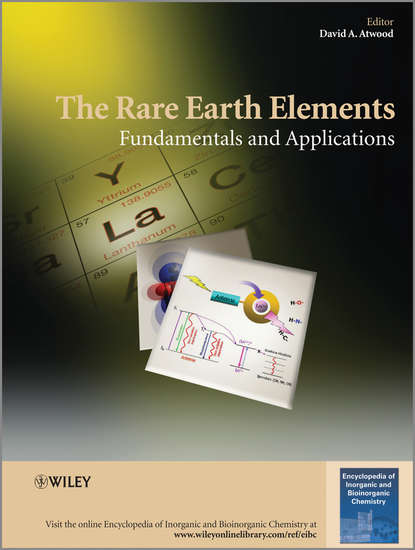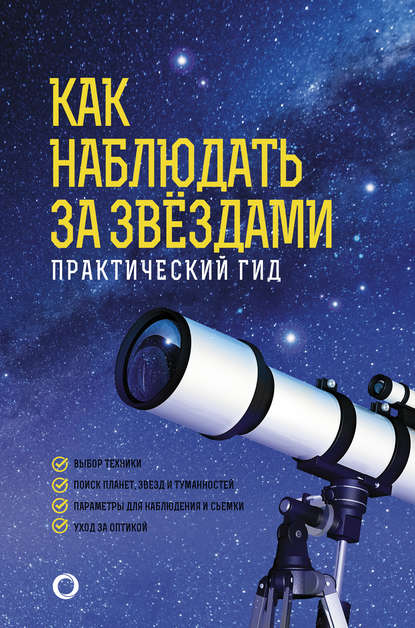Книга "Редкоземельные элементы. Основы и применения" является исчерпывающим исследованием основной химии редкоземельных элементов, в особенности безметаллических элементов, имеющих оболочку электронов 4f. Описывается сходство элементов Группы 3 - Sc, Y, La, от которых происходят редкоземельные элементы, и элементов Группы 13, особенно алюминия, имеющих аналогичные свойства. Включение этих групп элементов демонстрирует, как связаны редкоземельные элементы с другими более распространенными элементами в периодической таблице. Первые главы книги описывают происхождение и минералогию элементов, с акцентом на структурных особенностях, наблюдаемых в соединениях, описанных в последующих главах. Большинство глав организованы по окислительному состоянию элементов: Ln(0), Ln(II), Ln(III) и Ln(IV). В рамках этой организации главы дополнительно различаются по типу соединения, неорганическому (оксиды и гидроксиды, адсорбция в водных растворах, галогениды, алкоксиды, амиды и тиолаты, и хелаты) и органометаллическому. Завершающие главы посвящены разнообразным и критически важным применениям редкоземельных элементов в электронных и магнитных материалах, а также в медицинской диагностике.
Covers the fundamental chemistry aspects of all 14 lanthanide elements. Focuses on trends, different approaches to structures and chemistry processes within this class of elements. Analyzes both inorganics and organics forms. Sectioned for various oxidation states, compounds, types, and techniques used. 3rd Ed. represents significant updates.
Электронная Книга «The Rare Earth Elements. Fundamentals and Applications» написана автором David Atwood A. в году.
Минимальный возраст читателя: 0
Язык: Английский
ISBN: 9781118632512
Описание книги от David Atwood A.
Lanthanides are of great importance for the electronic industries, this new book (from the EIBC Book Series) provides a comprehensive coverage of the basic chemistry, particularly inorganic chemistry, of the lanthanoid elements, those having a 4f shell of electrons. A chapter is describing the similarity of the Group 3 elements, Sc, Y, La, the group from which the lanthanoids originate and the group 13 elements, particularly aluminum, having similar properties. Inclusion of the group 3 and 13 elements demonstrates how the lanthanoid elements relate to other, more common, elements in the Periodic Table. Beginning chapters describe the occurrence and mineralogy of the elements, with a focus on structural features observed in compounds described in later chapters. The majority of the chapters is organized by the oxidation state of the elements, Ln(0), Ln(II), Ln(III), and Ln(IV). Within this organization the chapters are further distinguished by type of compound, inorganic (oxides and hydroxides, aqueous speciation, halides, alkoxides, amides and thiolates, and chelates) and organometallic. Concluding chapters deal with diverse and critically important applications of the lanthanoids in electronic and magnetic materials, and medical imaging.



















